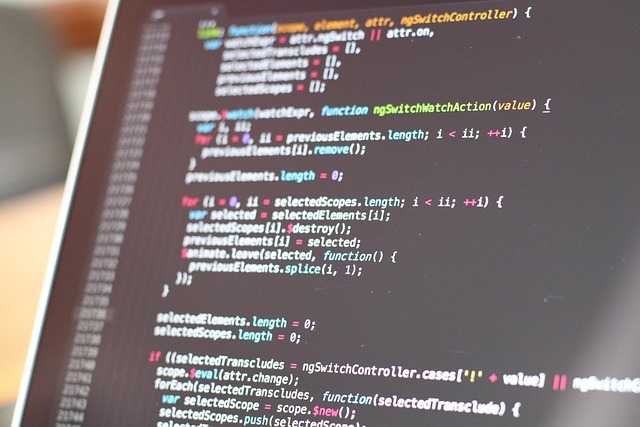
Tutorial
The Ultimate Guide to Image Optimization for Web
Learn how to optimize your images for faster loading times without sacrificing quality. Discover the best formats, compression techniques, and tools.
January 15, 2024
5 min read
Image optimization is crucial for web performance. Large image files can significantly slow down your website, leading to a poor user experience and lower search engine rankings.
Why Optimize Images?
- Faster Page Load Times: Improves user experience and reduces bounce rates.
- Better SEO: Search engines favor faster websites.
- Reduced Bandwidth Usage: Saves hosting costs and improves accessibility for users with limited data.
Best Practices:
- Choose the Right Format: JPEG for photos, PNG for graphics with transparency, WebP for modern browsers.
- Compress Images: Use tools like TinyPNG or ImageOptim to reduce file size without noticeable quality loss.
- Resize Images: Serve images at the exact dimensions they will be displayed.
- Lazy Loading: Load images only when they are about to enter the viewport.
By following these tips, you can ensure your website loads quickly and provides a great experience for all users.